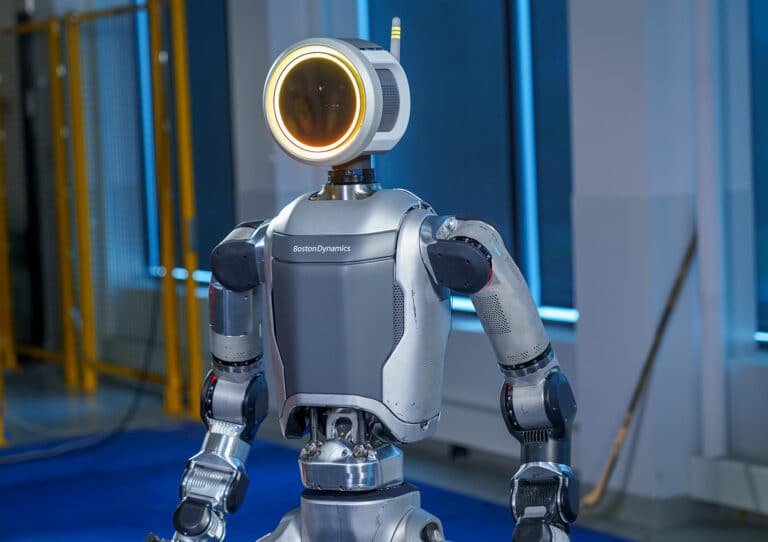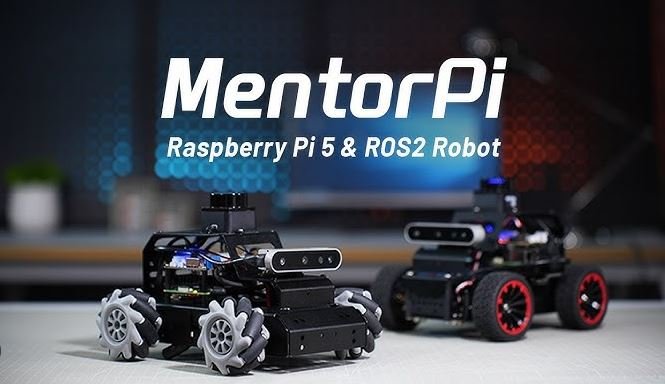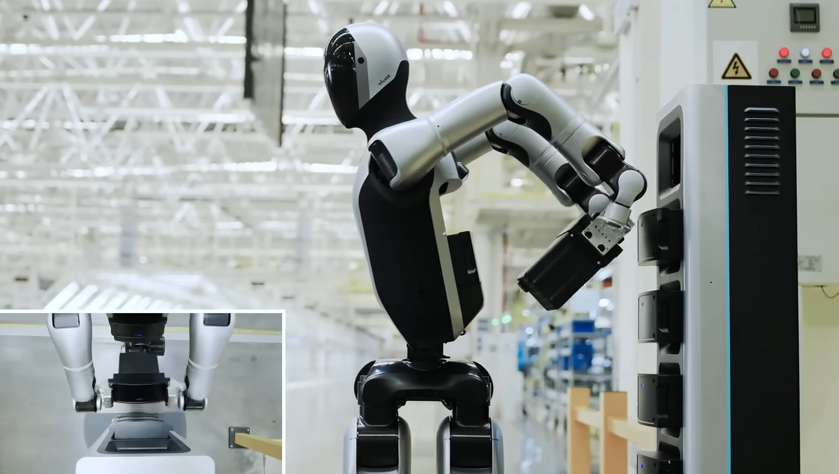Next-Level Mobility: How Boston Dynamics is Evolving Atlas
At the heart of this advancement is reinforcement learning, a type of machine learning that trains machines through trial and error, much like how humans and animals learn new skills. However, what sets this latest development apart is the integration of human motion capture data. By having a human operator wearing a motion capture suit perform various actions, researchers can feed this real-world movement data into Atlas’s learning model.
This allows the robot to analyze, mimic, and refine its own actions based on the human example, leading to a more natural and lifelike quality of movement. The result is a robot that can handle uneven terrain, recover from stumbles, and make split-second adjustments in real-time. This method significantly reduces the need for constant reprogramming, as Atlas can learn and optimize its actions autonomously.
A Partnership for Progress
This groundbreaking work is the product of a partnership between Boston Dynamics and the Robotics and AI Institute (RAI Institute). The collaboration aims to establish a shared reinforcement learning training pipeline for the new electric Atlas robot, with the goal of building dynamic and generalizable mobile manipulation behaviors.
This partnership expands on previous successful collaborations, including the development of a reinforcement learning research kit for Boston Dynamics’ quadruped robot, Spot. The current project has several key objectives, including bridging the gap between simulation and real-world application and improving the robot’s ability to manipulate objects while in motion.
Marc Raibert, founder of Boston Dynamics and executive director of the RAI Institute, stated, “Working on Atlas with Boston Dynamics enables us to make advances in reinforcement learning on arguably the most sophisticated humanoid robot available.” He added that this work will be crucial in expanding the skillset of humanoids and streamlining the process of teaching them new abilities.
The Future of Humanoid Robots
This latest demonstration is more than just an impressive display of robotic acrobatics. It represents a fundamental shift in how robots learn and interact with their environment. The bipedal design of Atlas presents unique challenges, with every movement influenced by a complex interplay of balance, force, and resistance. By successfully implementing reinforcement learning with motion capture, Boston Dynamics and the RAI Institute are overcoming these challenges and paving the way for more capable and adaptable machines.
As Robert Playter, CEO of Boston Dynamics, noted, “for humanoids to be useful, they must be flexible enough to work in many different kinds of environments and perform tasks in a wide variety of applications.” This collaboration is a significant step towards realizing that vision, bringing us closer to a future where intelligent machines can assist in various sectors, from industry and exploration to elder care and disaster recovery.






LEAVE A COMMENT